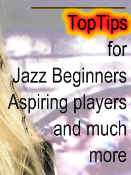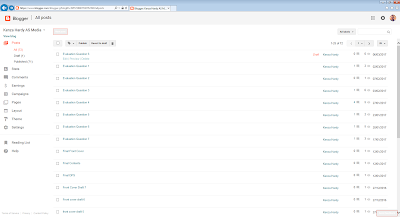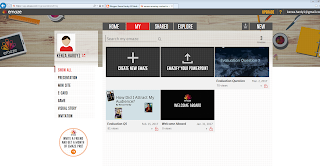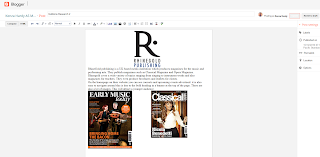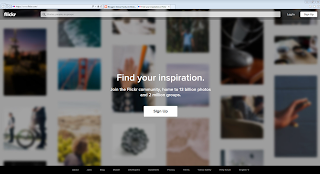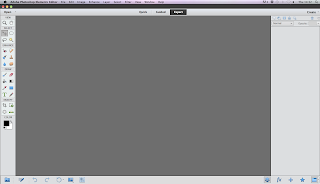Kenza Hardy's Slidely by Slidely Slideshow
Evaluating my TA - Theory
1. Aspirers
My magazine is designed for aspirers (Young people who want to get into, and succeed in music, specifically jazz.) because lots of young musicians in the same situation as my featured artists will look up to them as a mentor and role model and aspire to be like them. I have created this in my magazine by using a feature artist with a non musical background and using instruments typically featured in the jazz world. This also gives musicians a sense of diversion because they can escape from everyday problems and routine. I have included articles (see cut aways below) which target the people who want to get started and my main article features someone they can relate to and be inspired.

I consider 'succeeders' to be people who can already play and are looking to branch out into a different type of music. This group of people will be interested in my magazine as they may have already made it as a musician in the classical world and are looking to broaden their skills further which Jazz will help them to do. Being a musician allows you to build a personal relationship with other musicians around you. I have addressed these people with the article of an established player (see cut away below).
3. Being Individual
My Jazz magazine is good for the individual because as a musician you're always trying to stand out. Due to me using artists who are individually successful this will inspire them too stand out above everyone else and go against what society wants them to do. This also includes personal identity. Jazz allows musicians to create their own identity and go out of their comfort zones. It also can help with educational purposes as the individual can go on various summer schools and workshops. At the start of planning and construction, I never envisioned my magazine for this group. However, as time went on I could see that a theme was occuring. Below, the articles that address this group are my main article and again, Ryan.
Fun-Attics and Dynamic Duo's
Music is hard work and those who reach to top do loads of practice so this is to show it is fun and social too. By using/including young artists and events in my magazine, it appeals to aspirational, fun seeking young adults. Music is suposed to be fun and a good way of relaxation. For Dynamic Duo's I have included a "Get Involved Section" I have included this so that couples can join the same band and have some quality time together while doing something they love. (Cut aways show the articles in my magazine I think reach this audience.)
To conclude I met my intended target audience by keeing my magazine young with young artists and also young musican getting somewhere in life. People of the age 17- 21 like to have something to motivate them and inspire them to do something big with there lifes. It also caters for the 21-25 years old because if you are a musican in an orchestra, with the right instruments you can broaden your skills. This is different from my intended audience because my intended audience was 17-21 year olds instead of 25 year olds. I have used vibrant colours which also caters for young people.

